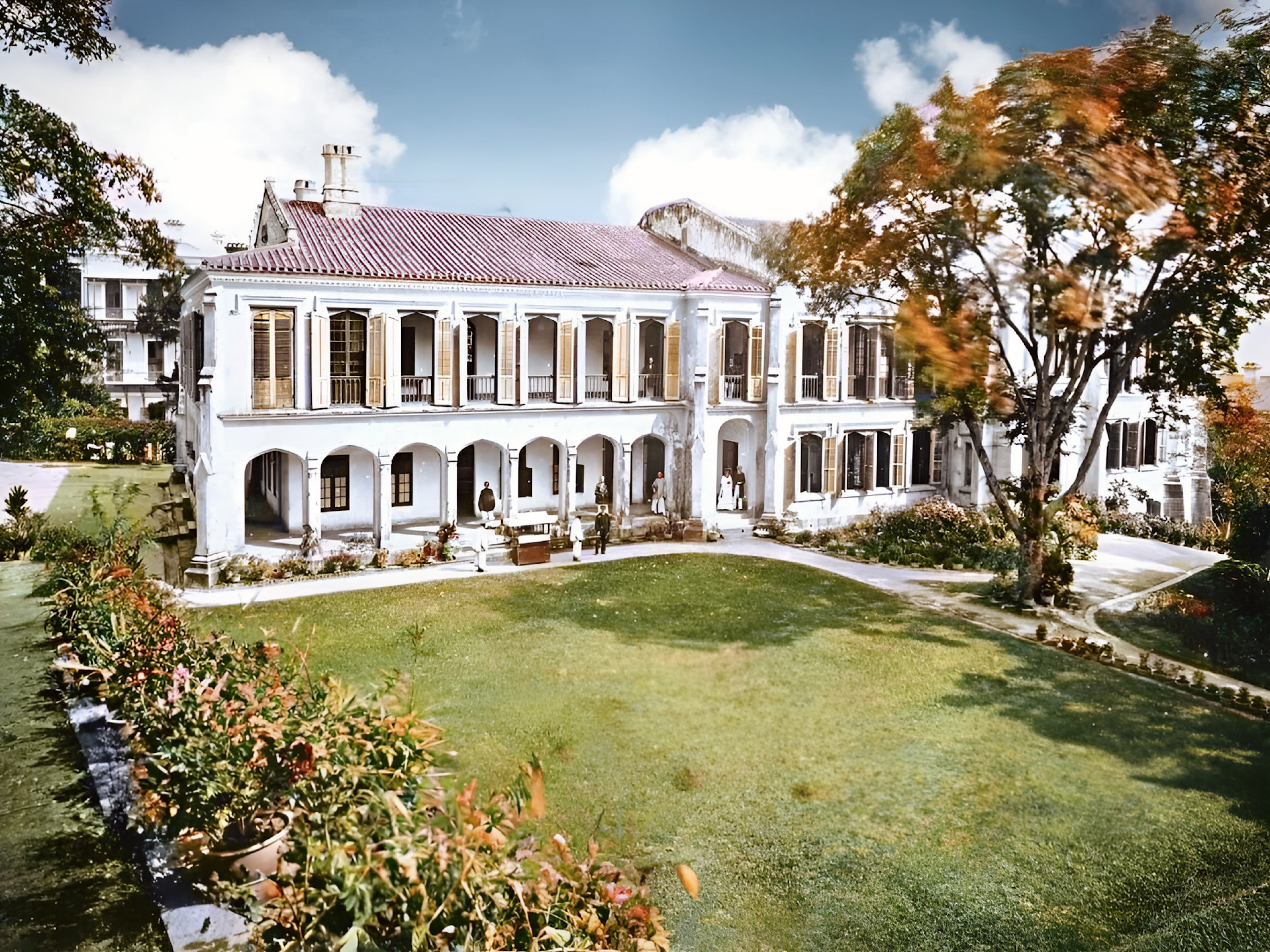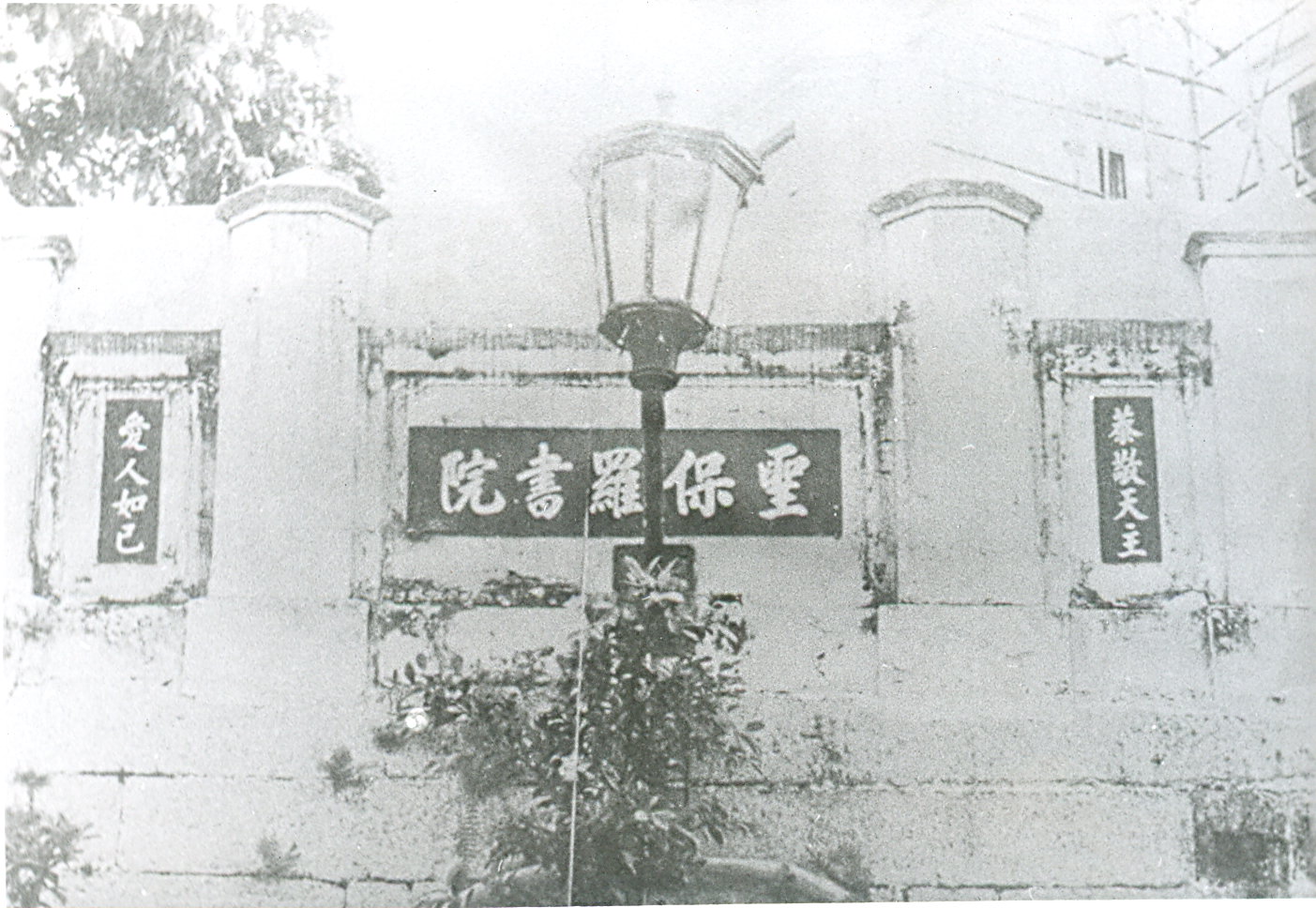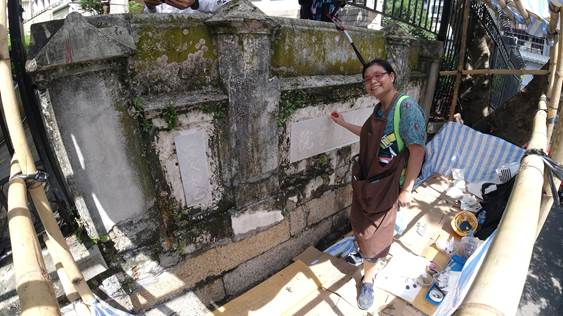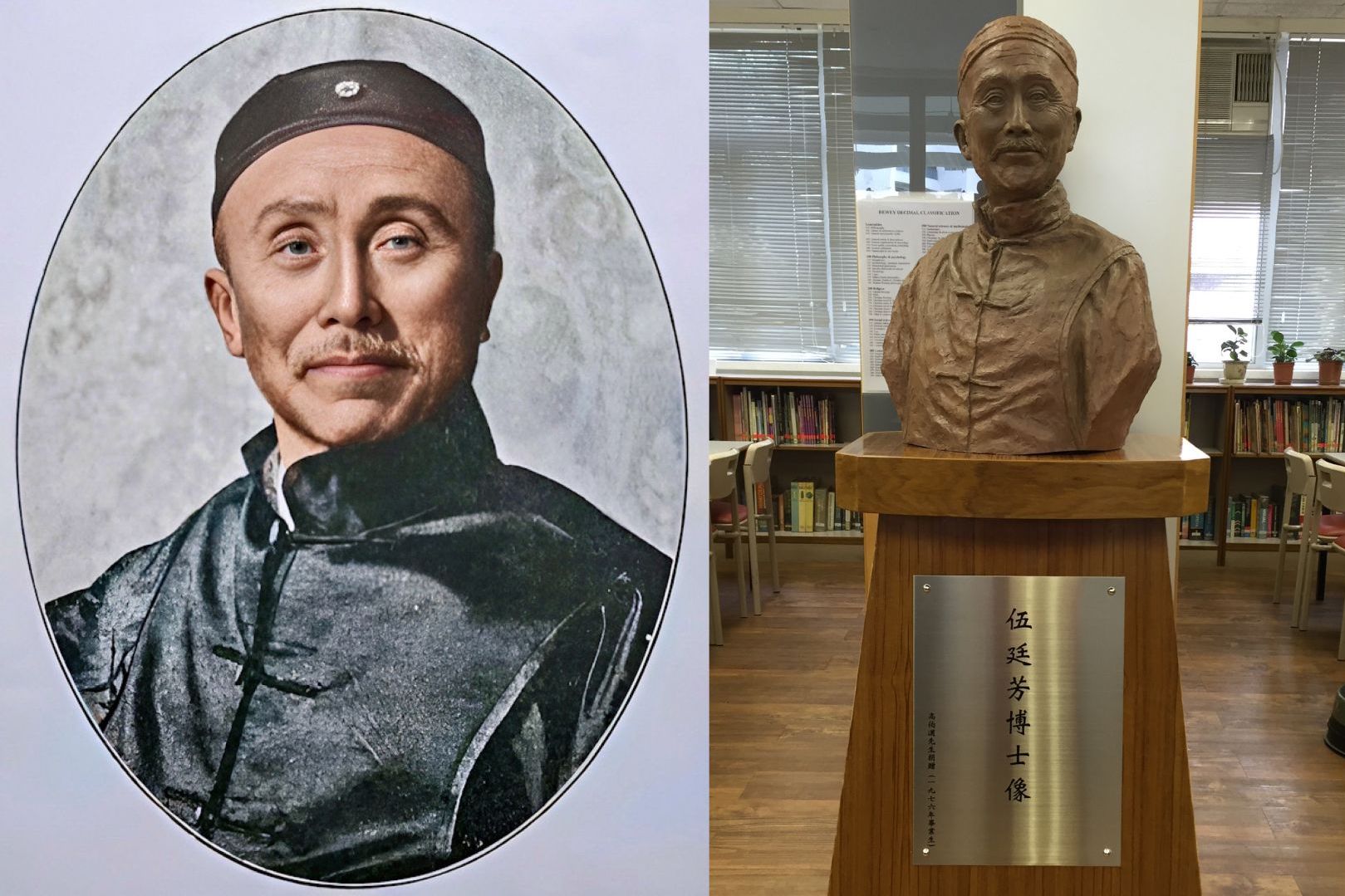History of St. Paul’s College
St. Paul’s College was officially founded, and assisted the Government in training interpreters
The school was officially established in 1851 as St. Paul’s College. In the same year, the Foreign Office permitted the Superintendent of British Trade in China to give the College an annual grant of $1,200 for training interpreters, with the condition that six students per year would be nominated as interpreters by the governor. As a result, traditional Chinese schools aided by the government began to refer prospective students to St. Paul’s College. Candidates were selected every six months through a series of examinations on subjects such as English, Bible Study, the Chinese Classics Four Books, Geography, etc. After each round of examinations, 7 to 13 students were selected, and a scholarship was awarded to the student with the highest score. This marked the beginning of public examinations in Hong Kong.
Wu Ting Fang graduated from St. Paul’s College
On the recommendation of the chaplain from a mission school in Guangzhou, Wu Ting Fang came to Hong Kong in 1856 to attend St. Paul’s College. He graduated in 1861. Wu later became the first Chinese barrister in Hong Kong; he also served as the first Chinese non-official member of the Legislative Council of Hong Kong as well as Acting Police Magistrate.
Secondary Education Curriculum Guide (2017) and its Supplementary Notes (Published in June 2021)
<p>The Education Bureau newly focused on curriculum development and moved to a new phase of ongoing curriculum renewal based on focusing, deepening and sustaining. The sustainable curriculum renewal included strengthening values education, reinforcing learning of Chinese history and Chinese culture, and promoting STEM and Information Technology Education (ITE). In 2021, the Education Bureau published the Supplementary Notes to the Secondary Education Curriculum Guide (2017). It emphasises how to promote National Security Education to enable students to become good citizens who have a sense of national identity, show respect for the rule of law, and abide by the law.</p>
St. Paul’s College launched the School Enhancement Project and provided a new pathway to higher education
<p>St. Paul’s College announced a series of renovations and enhancements to update the campus and improve the teaching environment, which aligned with recent education reforms and upheld the tradition of focusing on off-campus learning to prepare for future challenges.</p> <p>That same year, St. Paul’s College introduced the International Advanced Levels (IAL) programme to provide students with an alternative pathway to higher education.</p>
For details on recent school development, see the exterior of this tunnel.
555











